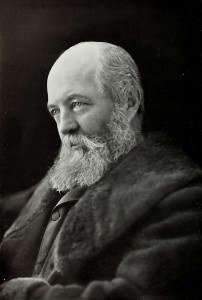Story of the Designers of Central Park NYC
Central Park of New York City. Like the Empire State Building or Wall Street, one does not think of New York City without Central Park being one of its most identifying features. An absolutely splendid place of the “soul’s refreshment” centered amid the hustle and bustle of one of the world’s busiest cities.
Designing Nature in the Middle of the City
But what of Central Parks creation? How did this place of horse carriages, bountiful trees, grassy knolls, ponds, pathways and no two bridges he same come to be? There are two main figures who are responsible for this New York City icon. They are Frederick Law Olmstead and Calvert Vaux. These gentleman came together with the landscaping and architectural ideas for this famous park.
Frederick Law Olmstead

Frederick Law Olmstead was born in Connnecticut in 1822. In addition to being a landscape architect has was also a journalist. After traveling to England to view the extensive public gardens, he wrote of his discoveries. Returning to the United States he became a well known proponent of the conservation movement. Throughout his career he was involved in designing parks and landscaping projects throughout the country. He died in 1903.
Calvert Vaux
Calvert Vaux was a British born architect and landscape designer. He was born in London in 1824. In 1851 he exhibited a collection of landscape watercolors he made while visiting the European continent. This caught the eye of Jackson Downing, an American landscape designer looking for an architect. His discovery brought Vaux to the United States. His focus was on combining urbanization with their natural surroundings. He died in 1895.
The two men having formed a previous partnership, won the bid for the Central Park project. The driving philosophy was to provide a scenic area providing all with a place to escape the city noise, relax and enjoy the the beauty of nature. Along with 3800 workers the now 843 acre Central Park was begun in 1858. This amazing project of landscape and architectural splendor was finally completed in 1873.







